Introduction to Grain-Free Dog Food
Pet owners seek alternative diets for their furry companions. So, Best Grain Free Dog Food has gained popularity in recent years. This dietary choice eliminates grains. Grains include wheat, corn, and soy. The diet focuses instead on high-quality protein and nutrient-rich foods.
Many pet owners prefer grain-free dog food. They believe that dogs struggle to digest grains. They have grain allergies or sensitivities. Removing grains from their diet may cause dogs to have fewer stomach problems. It may also improve their health.
One of the key benefits of grain-free dog food is its potential to support healthy skin and coat. Many grain-free formulas include salmon, chicken, or turkey. These are the main sources of protein. The formulas also have fruits and vegetables rich in vital vitamins and minerals. These ingredients promote healthy skin and fur. They reduce the risk of allergies and skin irritations.
Also, grain-free dog food can give sustained energy. It can promote lean muscle growth. This makes it an ideal choice for active dogs. It focuses on protein and omits grains. Grain-free dog food is nutrient-dense. It matches a dog’s natural diet.
But, you must choose grain-free dog food . First, ask a vet before changing your pet’s diet. Grain-free diets may help some dogs. But, they may not be right for all pets. We should consider each pet’s nutritional needs. With proper research and guidance, grain-free dog food can be a good option. It is for pet owners who want to give their dogs a balanced and nutritious diet.
Benefits of Best Grain Free Dog Food
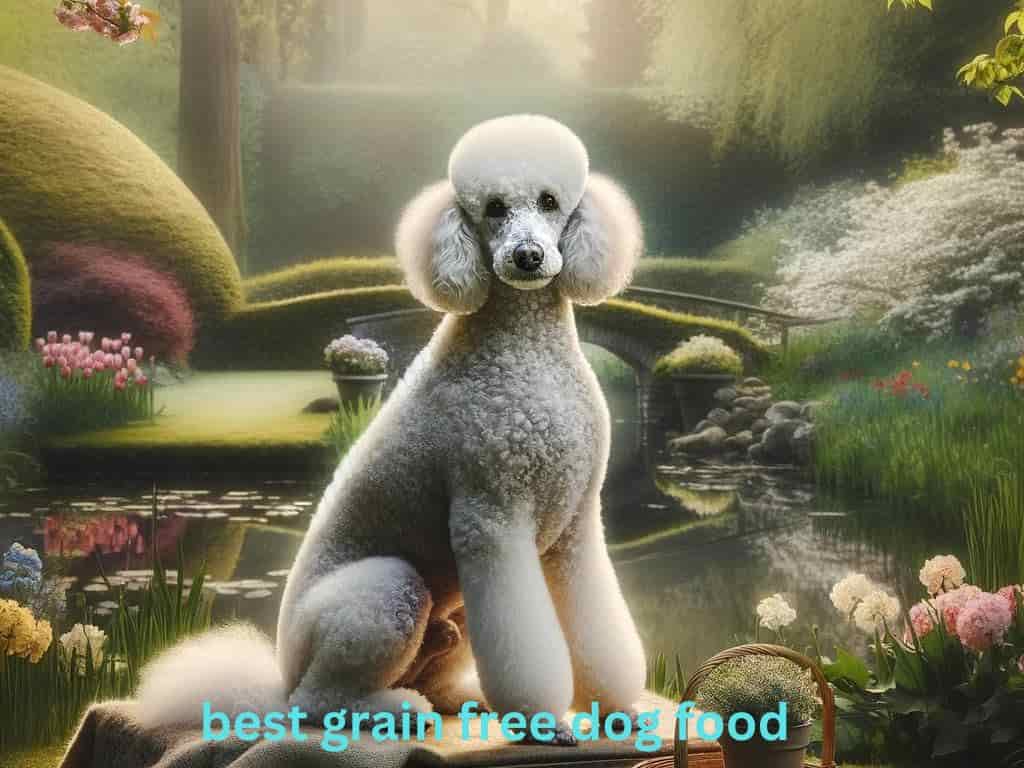
In recent years, many pet owners have sought other diets for their furry pets. Grain-free dog food has gained their significant attention. Grain-free dog food has benefits. Understanding them can help pet owners. It lets them make informed choices about their pet’s food and health.
Improved Digestive Health
Grain-free dog food has many benefits. One of them is its potential to improve dogs’ digestion. Grain-free formulas cut out common allergens. These include wheat, corn, and soy, which can be hard for some dogs to digest. Taking grains out of their diet may reduce digestive issues in dogs. These issues include bloating, gas, and diarrhea.
Allergy Management
Many dogs have grain allergies. Symptoms range from skin irritation to stomach pain. Grain-free dog food provides an alternative diet for dogs. They have grain sensitivities or allergies. It helps to reduce allergic reactions and create healthier skin and coat.
Enhanced Skin and Coat Health
Grain-free dog food often has high-quality protein. It comes from sources like chicken, turkey, or fish. It also has essential fatty acids from ingredients like salmon oil or flaxseed. These nutrient-rich ingredients support healthy skin and coat. They reduce the risk of dryness, itching, and irritation. Dogs fed a grain-free diet may exhibit shinier coats and healthier skin .
Weight Management and Energy Levels
Grain-free dog food can help with weight and energy. This is especially true for active or working dogs. The formulas are rich in protein. They provide sustained energy and promote lean muscle. This helps dogs stay active and keep a healthy weight. Also, grain-free diets may cut the risk of obesity and related health issues in dogs.
Potential for Reduced Food Sensitivities
Some dogs may be sensitive to grains. This can cause bad reactions or discomfort. Switching to a grain-free diet may decrease food sensitivities in pets. It may also improve their well-being. Grain-free dog food is hypoallergenic. It’s for dogs with food sensitivities or those prone to digestive issues.
Grain-free dog food has many benefits. They can help improve the health and vitality of dogs. Grain-free diets support digestive health. They also manage allergies and promote skin and coat health. They help dogs keep a good weight and energy level. They are a nutritious and satisfying option for dogs of all breeds and life stages.
Ingredients to Look for in Grain-Free Dog Food
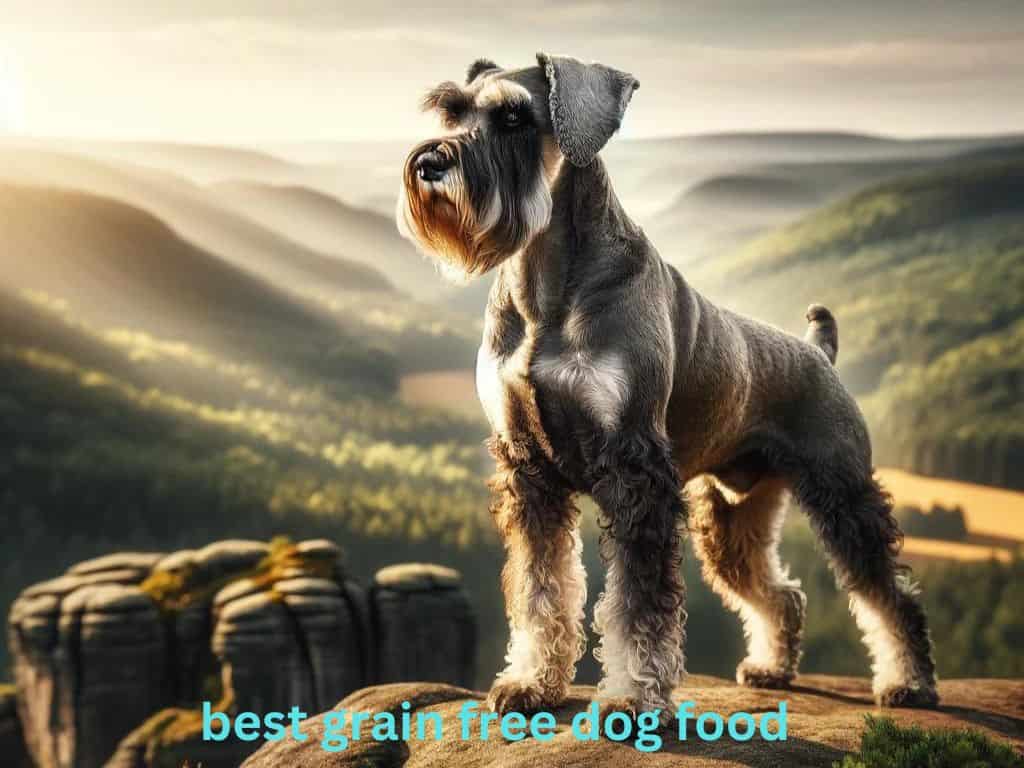
When choosing grain-free dog food, look for ingredients that give good nutrition. They also support your furry friend’s health and well-being. Here are some key ingredients to rank in grain-free dog food:
High-Quality Protein Sources
Choose grain-free dog food. It has real, high-quality protein sources like chicken, turkey, beef, or fish. These proteins are essential for building and keeping lean muscle. They also support healthy growth and development and give lasting energy for your dog’s daily activities.
Nutrient-Rich Vegetables and Fruits
Look for grain-free dog food. It should have many nutrient-rich vegetables and fruits. Examples are sweet potatoes, peas, carrots, blueberries, and cranberries. These ingredients provide vital vitamins, minerals, and antioxidants. They also have fiber. They support health, digestion, and the immune system.
Healthy Fats
Add healthy fats to your dog’s diet. Use ingredients like salmon oil, flaxseed, and chicken fat. These fats have omega-3 and omega-6 fatty acids. These acids promote healthy skin and coat. They reduce inflammation and aid heart and brain health.
Limited Fillers and Additives
Avoid grain-free dog foods that contain unnecessary fillers, artificial preservatives, colors, or flavors. Instead, choose formulas with few, natural ingredients. They are easy for your dog to digest and use for good nutrition.
Added Supplements
Consider grain-free dog food. It includes added supplements. These are things like glucosamine and chondroitin for joints. It also has probiotics for guts, and vitamins and minerals for health. These supplements can help with your dog’s specific health needs. They also boost their vitality and longevity.
Put these key ingredients first in grain-free dog food. This will ensure that your furry friend gets a balanced diet. It will support their health and happiness for years to come. Always ask your veterinarian for the best diet for your dog. Base it on their needs and tastes.
Potential Drawbacks of Grain-Free Dog Food
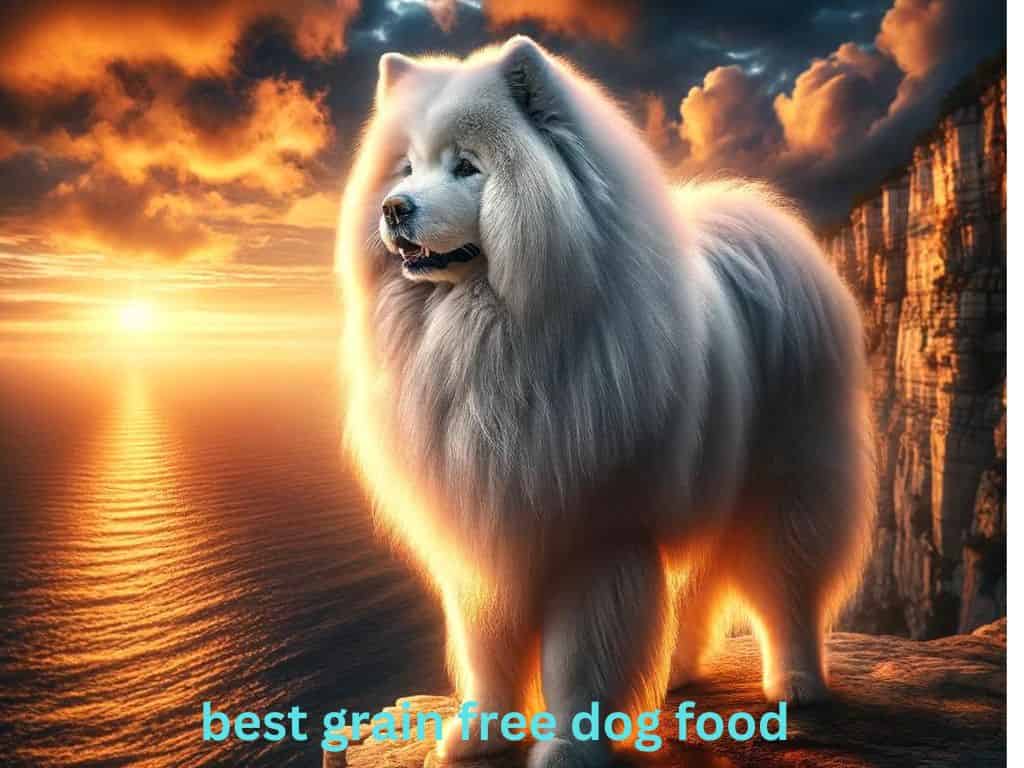
Grain-free dog food is getting more popular. So, pet owners must know about its downsides. Grain-free diets are often marketed as good for dogs. But, there are concerns to consider.
One significant drawback is the potential for nutritional imbalances. Grain-free formulas may lack essential nutrients like fiber, which grains provide. This deficiency can lead to digestive issues. These include constipation or diarrhea. It can also harm health in the long term. Also, some grain-free options may have more fat and protein. These could cause obesity and related health issues if not balanced.
Another concern is the link between grain-free diets and heart disease in dogs. Recent studies have suggested a link between grain-free pet foods and DCM. DCM is a serious heart condition. The exact cause remains unclear. But, researchers think that certain ingredients replace grains. They use lentils or peas. They may interfere with taurine absorption. Taurine is a crucial amino acid for heart health.
Furthermore, grain-free options often come with a higher price tag. Pet owners may find themselves paying more for products. These products lack clear proof that they are better than traditional grain diets.
Grain-free dog food has its advantages. But, pet owners must weigh its potential drawbacks. It’s recommended to consult with a vet before changing a dog’s diet. This will ensure that it supports their well-being by being balanced and nutritious.
How to Choose the Best Grain-Free Dog Food
Choosing the best grain-free dog food for your furry friend takes careful consideration. You need to understand their unique dietary needs. Here are some essential tips to help you make an informed decision:
Assess Your Dog’s Health Needs
Before picking a grain-free diet, consider your dog’s age, breed, and size. Also, consider any specific health concerns they may have. Some formulations cater to different life stages. They address specific health issues, such as weight management or allergies.
Read Ingredient Labels
Look for grain-free dog foods. They should have high-quality protein sources as the main ingredient. These sources should be easy to digest, such as real meat or fish. Avoid products containing fillers, artificial additives, or excessive amounts of carbohydrates.
Check for Nutritional Balance
Make sure the diet has a balanced mix of key nutrients. These include protein, fat, vitamins, and minerals. Ask your veterinarian. They will help you find the right nutrient levels for your dog. They will be based on its age and activity level.
Consider Allergies and Sensitivities
If your dog has food allergies or sensitivities, choose grain-free formulas. They exclude common allergens like corn, wheat, or soy. Also, watch for allergens in alternative grain-free ingredients. These include certain legumes or meats.
Research Brand Reputation
Choose grain-free dog food brands with a reputation for quality, safety, and transparency. Read reviews from other pet owners. Consult online forums or pet nutrition experts. Consider the manufacturer’s history of product recalls or controversies.
Follow these guidelines. Put your dog’s nutrition first. Then, you can confidently select the best grain-free diet. It will support their health and well-being. Introduce any new food slowly. Watch your dog for signs of stomach upset or allergies.
Top Grain-Free Dog Food Brands
When choosing the best grain-free dog food for your beloved pet, trust in brands is key. Here are some top grain-free dog food brands. They are famous for their quality ingredients and commitment to dog nutrition.
Blue Buffalo
Blue Buffalo offers many grain-free options. They are made with real meat, fruits, and vegetables. Their recipes cater to different life stages and diets. They ensure a balanced and healthy diet for dogs of all breeds.
Taste of the Wild
Taste of the Wild is known for their ancestral diet-inspired formulas. They provide grain-free recipes with premium proteins like roasted bison, venison, or salmon. Their recipes are full of antioxidants and nutrients. They support the best canine health.
Wellness Core
Wellness Core offers grain-free dog food options. They have high-quality protein and wholesome ingredients. Their recipes are free from artificial additives, fillers, and by-products. They promote the well-being and vitality of dogs.
Merrick Grain-Free
Merrick’s grain-free dog food line has many flavors and types. They suit different preferences and diets. Their recipes prioritize real meat and good ingredients. These include sweet potatoes and peas. They are for a nutritious and flavorful meal.
Orijen
Orijen’s grain-free formulas are famous for their appropriate diets. They mirror the natural diet of wild dogs. Their recipes have lots of protein. They are low in carbs. They are packed with fresh, local ingredients. They nourish dogs as nature intended.
By choosing grain-free dog food from these good brands, pet owners can give their dogs a healthy diet. It supports their health and vitality. Always ask a vet for the best diet for your dog. They have individual needs and preferences.
Transitioning Your Dog to Grain-Free Food
You need to plan carefully to transition your dog to a grain-free diet. This will ensure a smooth change and the best health benefits. Follow these steps to seamlessly transition your furry friend to grain-free food:
Gradual Introduction
Start by mixing a small amount of the new grain-free food with your dog’s current diet. Increase the new food’s share slowly. Do this over 7-10 days. It will let your dog’s gut adjust.
Monitor Response
Pay close attention to your dog’s reaction to the transition. Look for signs of digestive upset, like diarrhea or vomiting. Adjust the transition pace accordingly. If your dog experiences persistent issues, consult with your veterinarian for guidance.
Offer Variety
Try out different flavors and formulations of grain-free dog food. Do this to find the best match for your dog’s tastes and needs. Rotating between options can also give a wider range of nutrients. It can also prevent food boredom.
Provide Ample Water
Make sure your dog has plenty of fresh water. Do this during the transition and after. Staying hydrated is crucial for health. It aids digestion, especially when switching to a new diet.
Maintain Consistency
Once your dog is on grain-free food, keep a regular feeding schedule. Use part sizes to keep digestion regular and prevent overeating. Avoid sudden changes. Also, avoid frequent switches between diets. These can stress your dog’s digestion.
Follow these steps and watch your dog’s response. You can move them to a grain-free diet and give them the nutrients they need for a happy life.
Frequently Asked Questions about Grain-Free Dog Food
Is grain-free food suitable for all dogs?
Grain-free food can work for many dogs. But, you must consider your dog’s needs and ask your vet before making diet changes.
Can grain-free food help with allergies?
Grain-free food may help manage allergies in some dogs. This is especially true for those with grain sensitivities or intolerances. However, you must identify the specific allergens affecting your dog. Then, choose a formula that addresses their needs.
How can I tell if my dog needs grain-free food?
If your dog has symptoms like itching, scratching, or upset stomach, a grain-free diet may help. These symptoms can be signs of skin irritation. Consult with your veterinarian for a proper diagnosis and dietary recommendations.
Are there any risks associated with grain-free diets?
Grain-free diets can help some dogs. But, they have risks. For example, taurine deficiency and legume overload. You must pick a high-quality, grain-free formula. Then, watch your dog’s health for any problems.
Can I mix grain-free food with regular dog food?
Yes, you can mix grain-free food with regular dog food if desired. But, you must check your dog’s response. You should switch them to the new diet to avoid tummy trouble.
conclusion,
Dog food without grains can be healthy for many dogs. It offers benefits such as better digestion, allergy control, and weight management. But, you must pick a high-quality formula. It must meet your dog’s needs. Ask your vet before changing their diet.

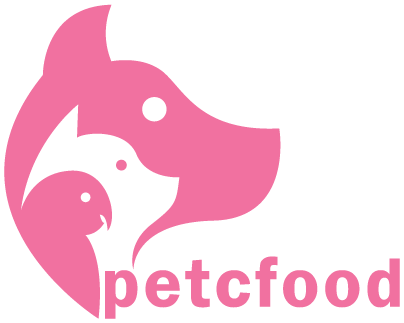
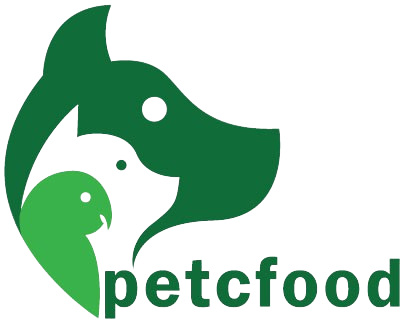


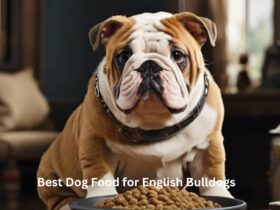
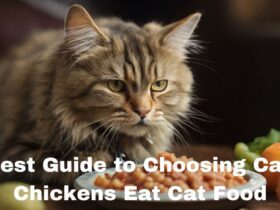
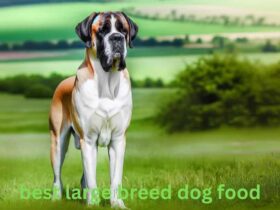

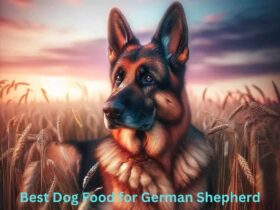



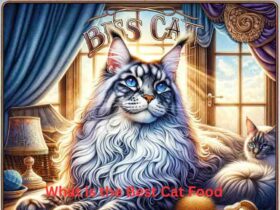

Leave a Review